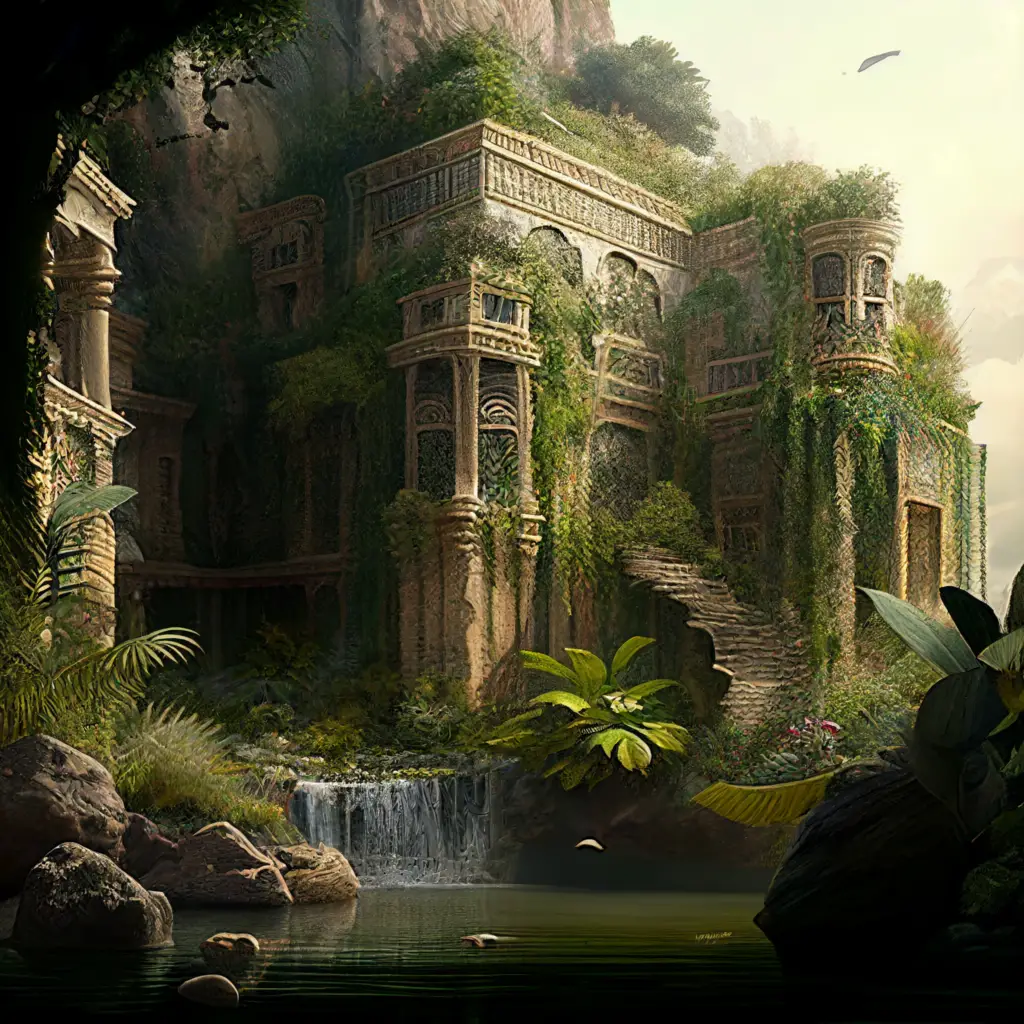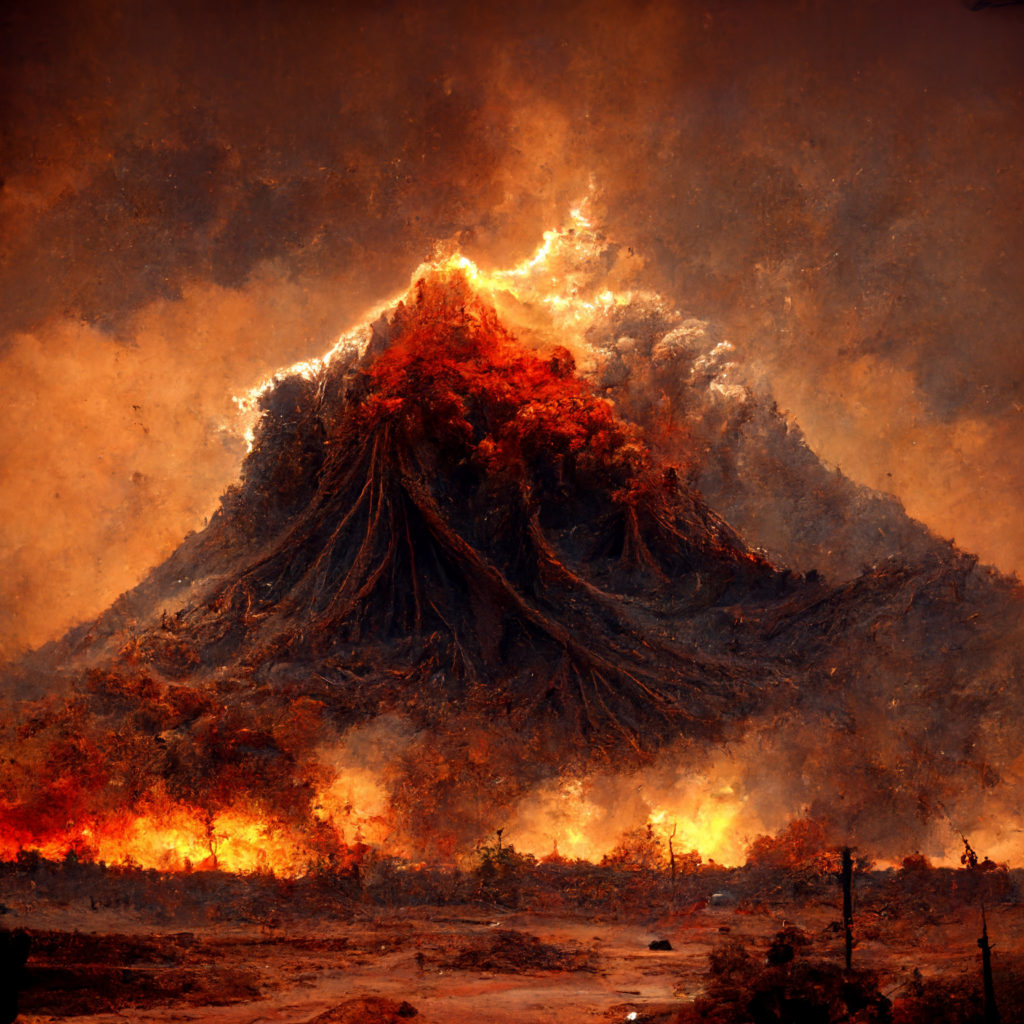
There’s something positively rapturing about volcanoes.
They’re mysterious. They’re glorious to observe from a safe distance. They’re an ancient ominous threat that could destroy our surroundings without a moment’s notice.
Even though we know they’re dangerous, we’re still drawn to them. People go to photograph fresh explosions or escaping gas. Tourists hike active mountains or take group trips on bus rides up the hillside. It’s like that tempting red button that says “Do not press.”
But we do press it. A lot.
Around 2,000 people have been killed since the year 2000 by volcanos.
Not all of them are by accidental tourism, of course. With roughly 60 volcanos erupting every single year, many are practically in our backyards.
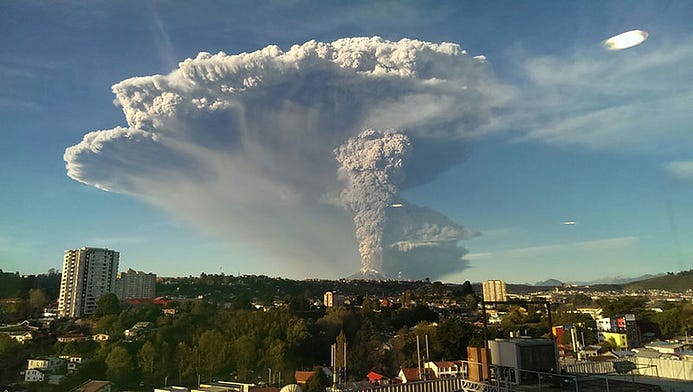
With something like that in your backyard, you’d never need to buy another propane tank again.
Life is short
Around 75,000 years ago, the largest volcanic eruption in millions of years occurred over in Indonesia in a place now called Lake Toba.
In modern days, the scenic area is a lovely vacation spot for tourists to trek to and relax in a gorgeous remote wilderness.
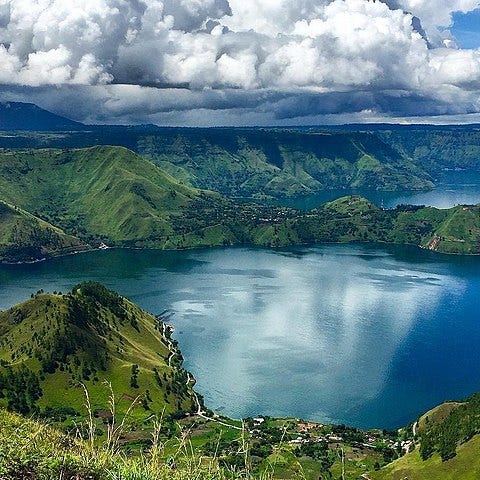
But 75,000 years ago it was busy filling the sky with so much rock and ash more than 40 million km² of the surrounding area was covered with 5 mm of the stuff.
For reference, 40 million km² is about the equivalent of North and South America combined. Not a small feat, that’s for sure.
As for how much volume of ash it spewed forth into the sky? That pulled in around 8600 km³ of the substance.
If you’re a fan of The Hitchhiker’s Guide to the Galaxy and remember the sperm whale falling through the sky alongside a humble pot of petunias — just imagine 4.3 million of them doing the same thing at the same time and you’d have an idea of how massive this eruption was.
Or perhaps the thunderous roar of 4.3 million whale brains all simultaneously thinking out loud, “Hello, Ground!” would paint a better picture.
A chokepoint in DNA
Geneticists posit there were several near extinction points in our past. Times when the human race, or our ancestors, were reduced to small groups of only a few thousand or more.
Think of your local small town and imagine it was the entirety of the human race. That fancy apple pie you can only get if you drive 30 minutes out into the boonies would be a *bit* more special in this case.
One time period scientists think this occurred was around 70,000 years ago. The same time when a small group of humans left Africa.
A few other incidents like this happened when some of our ancestors split up in the Middle East, half moving on to Europe and half on to Asia. Similar episodes occurred when people went on to Austronesia and the old land bridge that crossed Asia into modern-day Alaska.
The study of DNA has led to some fascinating insights and guesses as to our history.
Did a volcano almost kill us?
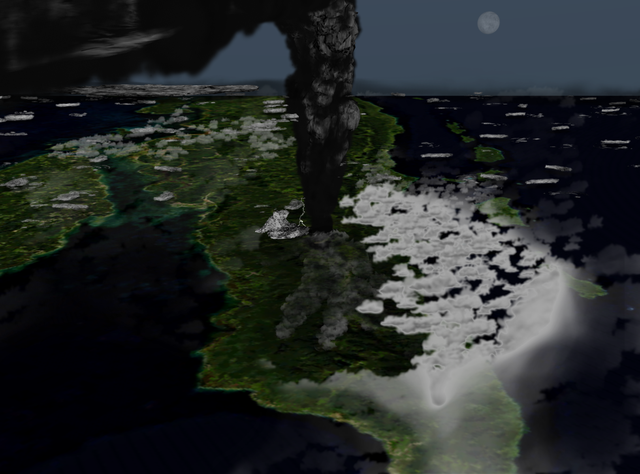
Enter the Toba catastrophe theory. I’m sure most of you reading by now can guess what comes next.
The biggest, baddest, most sperm-whale-full volcanic explosion in history lines up in almost the same time period as one of humanity’s biggest genetic chokepoints?
Surely, that can’t be a coincidence.
When massive eruptions occur, ash lingers and loiters in the clouds for long periods of time. While it’s standing by the water cooler of Earth’s atmosphere, this harmful ash blocks sunlight from reaching the ground below.
The more ash, the less sun, the more the temperature drops.
That’s exactly what several scientists in the 1990s thought happened with Toba. A massive eruption followed by a massive global cooling event.
But the assumptions of how big the cooling event was varied wildly.
Some scientists think the ambient temperature of the entire globe dropped by 3–5°C (5.4–9.0 °F). They figure the climate may have been affected for almost 1,000 years!
Another researcher, Alan Robock, took an opposing viewpoint. He figured the temperature dropped as much as 15 °C (27 °F) for at least three years, with lesser but still heavily impactful effects lasting for decades after (but not centuries).
Regardless, the massive volcano surely did affect the global climate and the specific effects are unknown.
But did it almost kill us?
Probably not
In the last decade, more research has been done on the subject to find out if the volcano tried to murder us with sperm whales.
Why? Oh, probably because there are six active super volcanoes in the world today.
It might be nice to know what to expect when they erupt again — if we haven’t destroyed ourselves first.
But the updated theories seem to think we may stand a chance if this calamity occurs again.
There are three strong pieces of evidence that point to the Toba eruption not having been the reason for our genetic chokepoint.
- A sediment study deep down in Lake Malawi, located in Eastern Africa, surprisingly showed vegetation from the same time period was hardly affected by the volcano ash from Toba.
- A similar study was done on the shores of South Africa, where the glass residue of the Toba eruption matched perfectly with the timing of a thriving community of humans.
- A study of tools found in Northern India covered nearly 10,000 years, overlapping the Toba volcano eruption period. The humans there survived before, during, and after the eruption, even though the area was surely strongly affected.
While humanity almost certainly endured tough times during the eruption, they survived and thrived.
And as many movies often try to tell us, humanity’s greatest strength is just that — we survive.
We survive in remote islands in the Southern Pacific. We survive in the frigid cold north of the Arctic. We survive in deserts and marshes and swamps and even the White House (whether or not that is a drained swamp is up for debate).
But possibly the best result of this survival is that I was able to write this sentence and share this little venture down a scientific debate with my favorite person.
You. The reader.
In short, I’m glad you survived my story.
Now go sing tribute to Gloria Gaynor and watch out for volcanos near you.
Want more fun stories? Join Pryor Thoughts for free today!
References:
- https://www.frontiersin.org/articles/10.3389/feart.2014.00016/full
- https://www.businessinsider.com/genetic-bottleneck-almost-killed-humans-2016-3
- Harpending, H. C., S. T. Sherry, A. R. Rogers, and M. Stoneking. 1993. The genetic structure of ancient human populations. Curr. Anthropol. 34:483–496.
- https://en.wikipedia.org/wiki/Toba_catastrophe_theory
- https://www.ranker.com/list/the-world_s-6-known-supervolcanoes/analise.dubner
- https://www.livescience.com/29130-toba-supervolcano-effects.html


